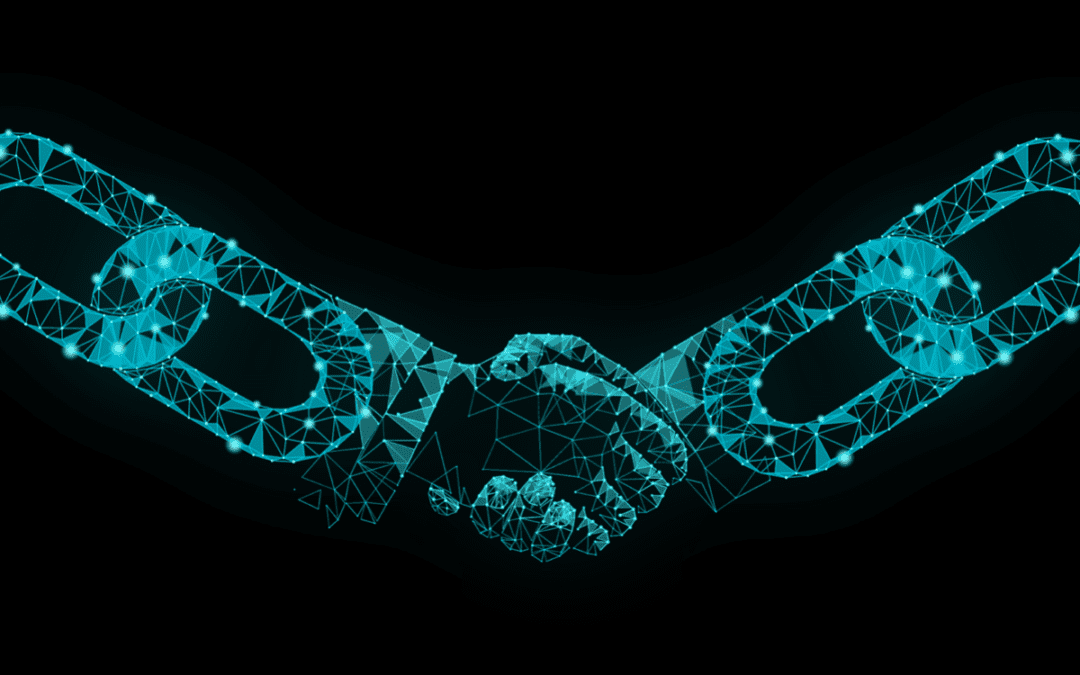New report analyzes blockchain as the foundation for autonomous products & ecosystem services
What is missing from the Internet of Things?
Enterprises might say revenues. Consumers might say utility. Virtually everyone agrees interoperability, security, compliance, privacy, and reliability are all barriers to IoT growth. But the paramount challenge for ubiquitous connectivity, never mind device autonomy, is a lack of trust.
A network of intercommunicating objects requires a secure and efficient way to track all identities, interactions, transactions, and activities of every “thing” in the network. Even with 30 years of development of the so-called Internet of Things, there is still no universally shared architecture to interconnect, never mind authenticate or monetize distributed machines.
New research by Kaleido Insights’ analysts Jessica Groopman and Jeremiah Owyang analyzes the intersections between IoT and distributed ledger technologies, known more widely as blockchain. To understand the potential for DLT-enabled IoT, Kaleido Insights conducted primary research with business leaders on both supply and adopter side of the market. While connected devices and the distributed record-keeping technology born of Bitcoin may seem an unlikely duo, our research surfaces a wide range of industry applications.
Our analysis finds use cases for this intersection begin at the product level, supporting machine integrity across three domains: product identity, transactions, and interactions.

Digital solutions exist across each of these domains today, but they remain highly silo’d to single authorities. While this architecture represents the status quo, it also represents significant cost barriers associated with reconciliation, scale, counterfeit, and security.
For example, cars typically have Vehicle Identification Numbers (VIN), and numerous SKUs for their components, even a digital “twin” representing a virtual software-defined replicate of the vehicle, but there is still a missing digital layer for sharing certain data and authentications across participants in the vehicle’s lifecycle. There is still a missing layer for registering interactions across parties, never mind automating transactions or microtransactions based on the performance, safety, or maintenance needs of the vehicle.
The shift from material-based economies to information-based economies means value is now defined by how an entire ecosystem of constituents integrates, protects, and leverages product data contextually. This transformation has been especially difficult for manufacturers and product companies, as they struggle to connect, manage, and secure their products, never mind re-imagine their business models.
The Foundation for Ecosystem-Based Business Models
The real promise DLT brings to IoT is to automate trusted services through code intermediating the flow of data, not just between companies and their customers but across entire ecosystems. Kaleido Insights analysis identifies five ecosystem-level use cases enabled through this convergence:

The report offers numerous examples of real-world applications under experimentation today, as well as extensive analysis of why DLT could offer an architectural foundation for trust.
But these are the early days for DLT, and development, never mind architectural integration for fleets of machinery face significant challenges — technical, economic, and cultural. The businesses we interviewed and analyzed for this research stressed both the importance of experimentation and that of taking steps to enable the broader ecosystem. The report highlights seven best practices surfaced from those actively pursuing the integration of IoT and DLT across multiple industries and use cases.
Ultimately, our research finds that, if developed for scale, DLT could offer IoT a level of interoperability, transparency, and security currently absent from today’s architectures, but essential to ecosystem-driven business models and autonomous products and services.
To access the full research report at no cost, visit the report page here.

